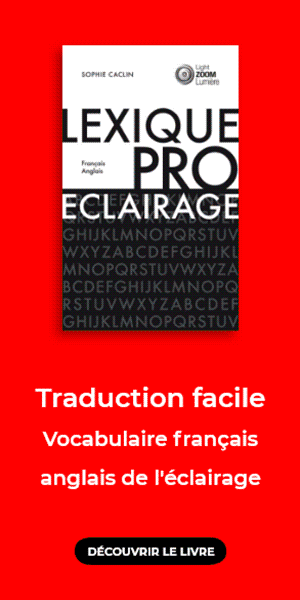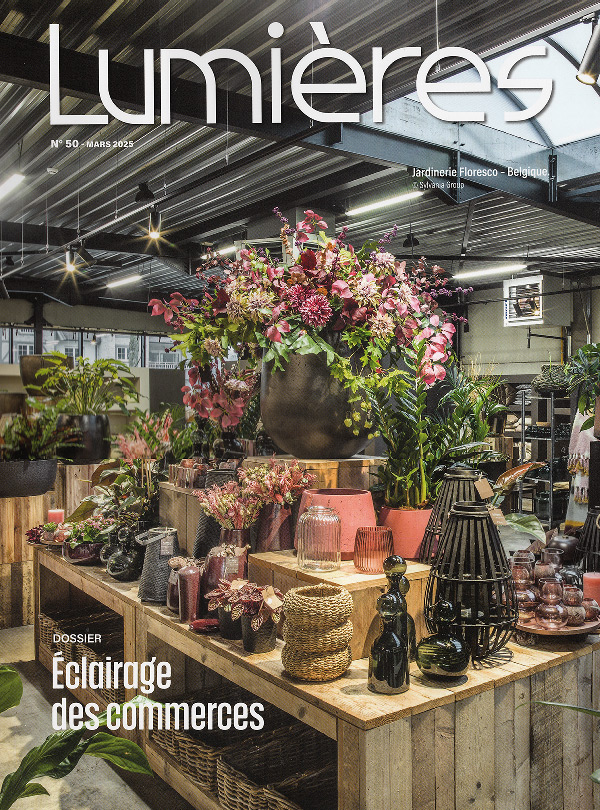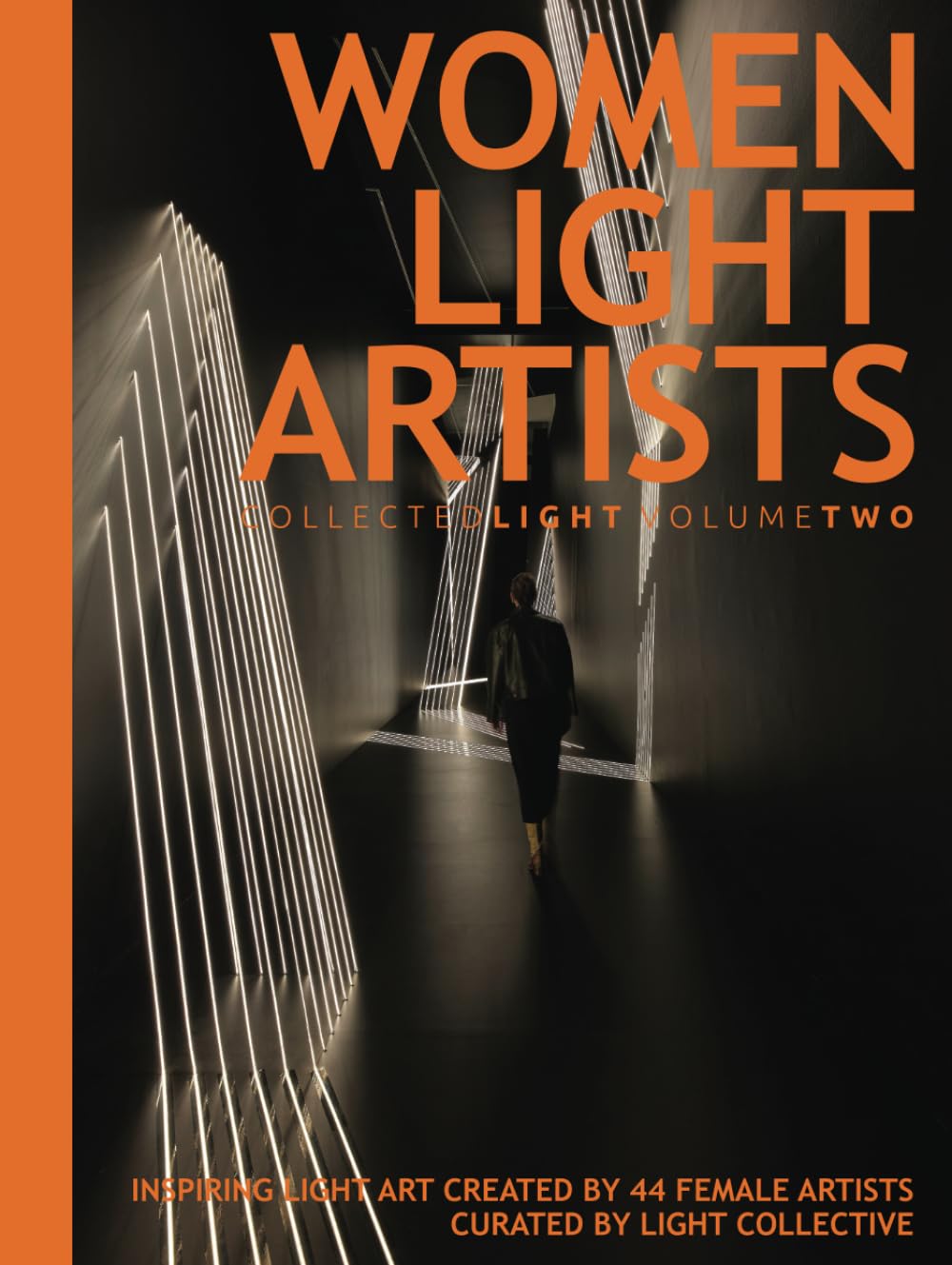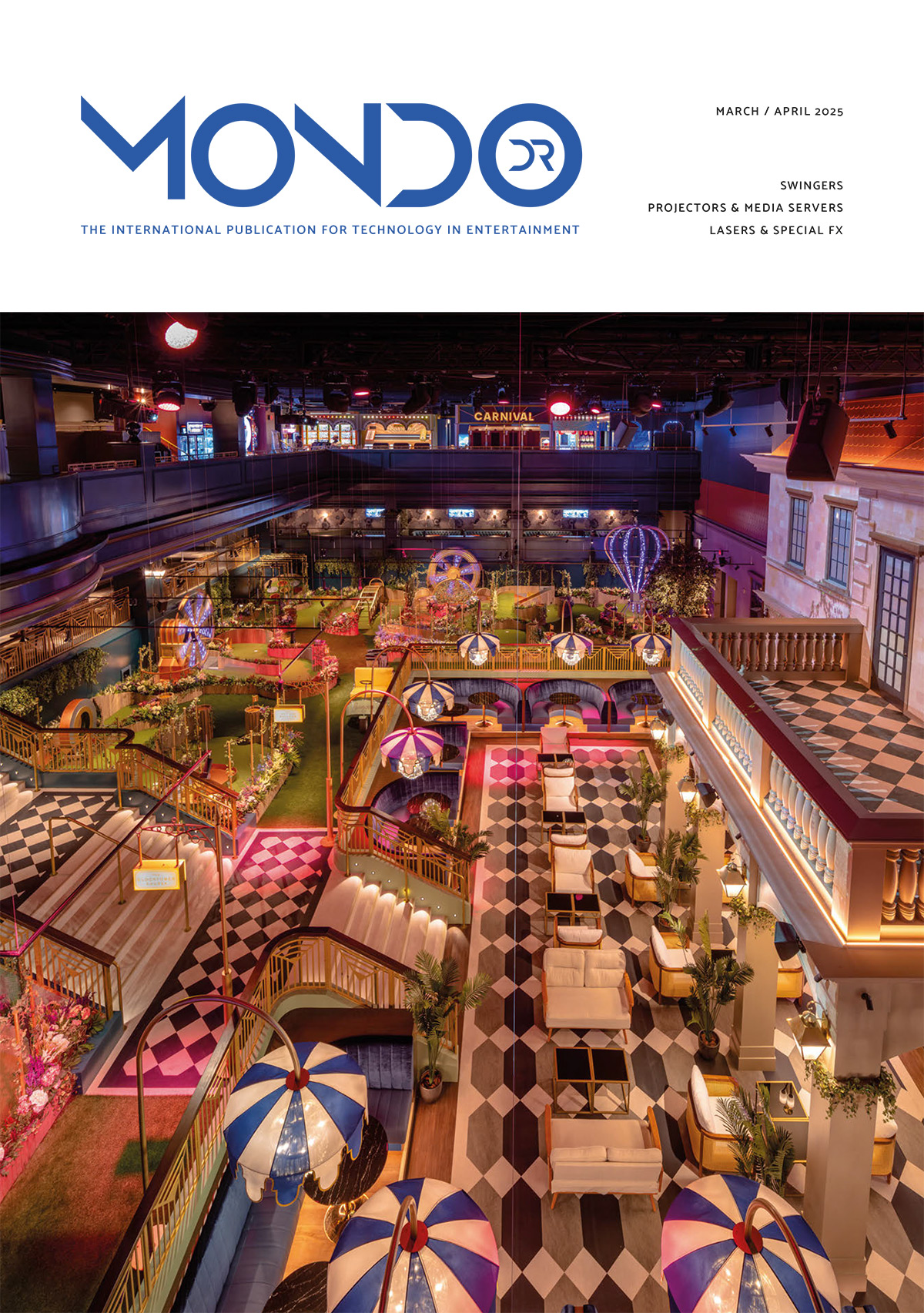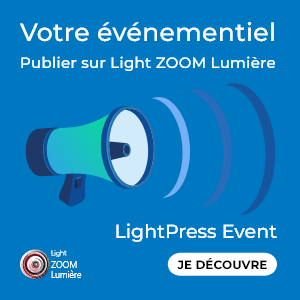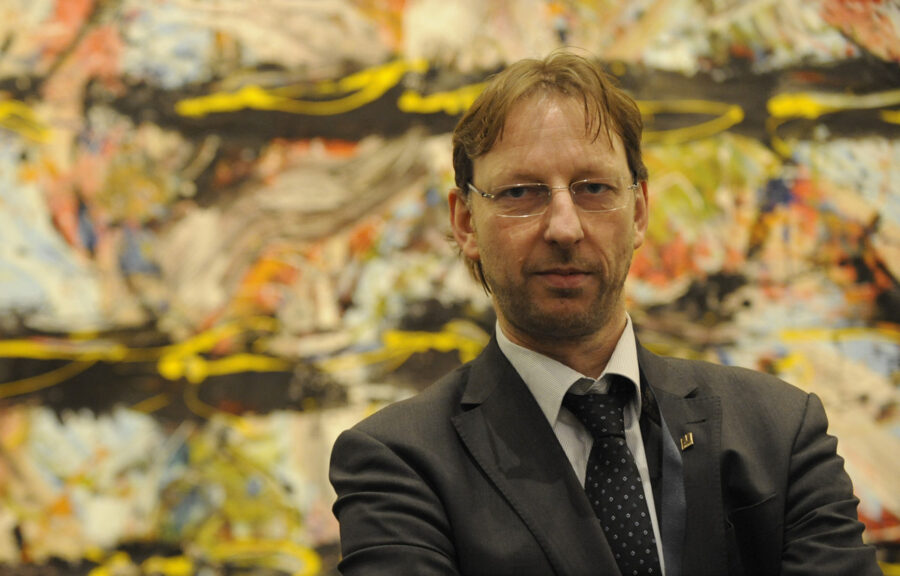
« Exterior lighting, France is a world leader » Joachim Ritter
What is your background?
Joachim Ritter: I am a trained business person and added a journalistic training. When working for an architectural magazine I started looking for new fields for publishing in the late 80s. In 1994 I started my own publishing company with a project called the VIA year book. It was the first database for new product releases pre-internet era. At that time we had no internet search possibilities. So we were far ahead of our times.
What lighting design was in Germany 20 years ago?
Joachim Ritter: There was also lighting design 20 years ago, but those delivering it were not recognized as specialists. Only a few were able to live from their service.
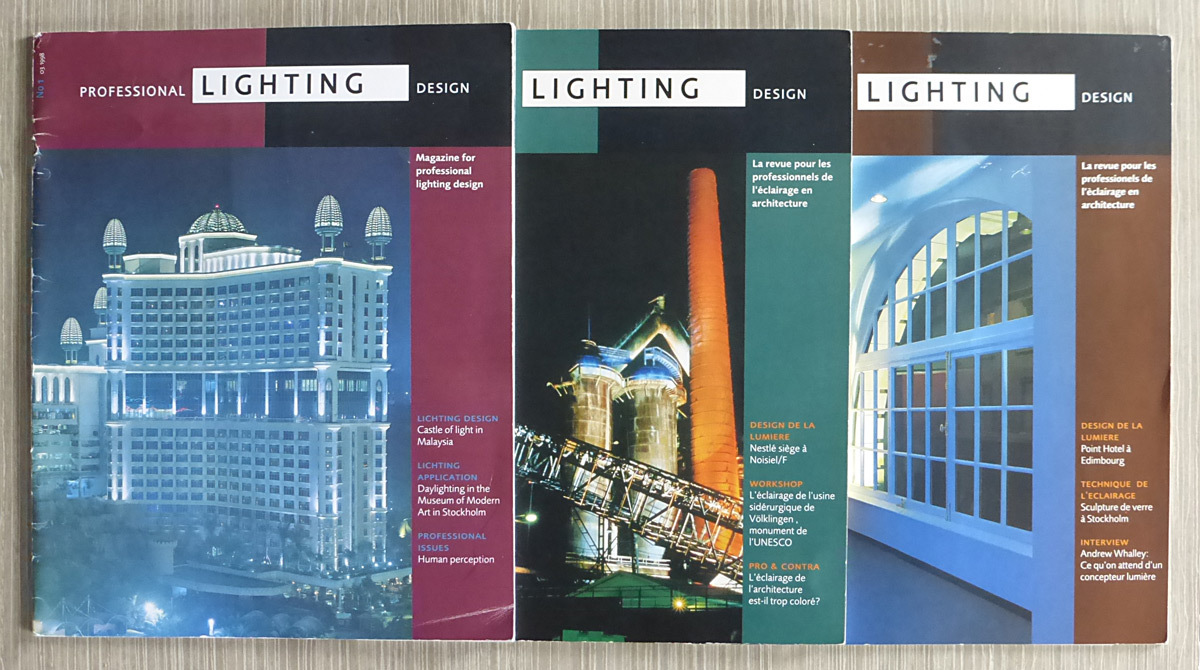
How did you create PLD magazine? Why VIA Verlag?
Joachim Ritter: The idea of the PLD was to promote those lighting design specialists among architects and clients. We were the first publisher with this concept of lighting design and not only taking lighting technology as a basis. VIA-Verlag was created to fulfil the lighting design idea and to realise the profession.
How was establish the ELDA with an European scope?
Joachim Ritter: This was just hard work, explaining and it made sense to do it European wide from the beginning. It created a critical mass from the beginning. VIA helped with funding.
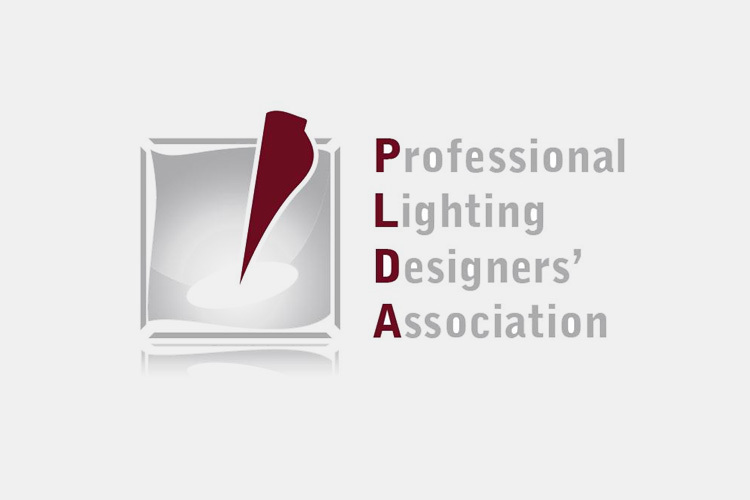
Why the association changed its name to PLDA? What the profession intended to be?
Joachim Ritter: It was the request from the membership. After ELDA and the IALD did not merge in 2001 ELDA decided to go global. It was renamed to ELDA+. This were very successful and the association had as many members as the IALD in 2004. But more wanted to be included form all over the world but did not feel ok with the name. Designers from all over the world asked to change the name. Tapio Rosenius was responsible for this process to change the name. Keith Bradshaw from Speirs & Major suggested to call what the association was: An association of lighting design professionals. That is how the name PLDA was born. One of the arguments was that it was only the change from “E” to “P”.
For you, what are the best achievements of this association?
Joachim Ritter: Because of PLDA an international community was created, which was very successful in supporting the development of Master and Bachelor courses in Wismar, Hildesheim, Stockholm, Madrid and Drammen. PLDA set an example for other associations. The market developed and also lighting design developed in Europe to a leading market worldwide. There was a fruitful level of discussions between lighting designers and the industry. Fruitful collaborations with fairs like Light+Building, Euroluce, Interlight, Light Middle East and others. This collaboration was not just displaying logos, but being an active part in the fairs. And there was a programme to educate the wide public.
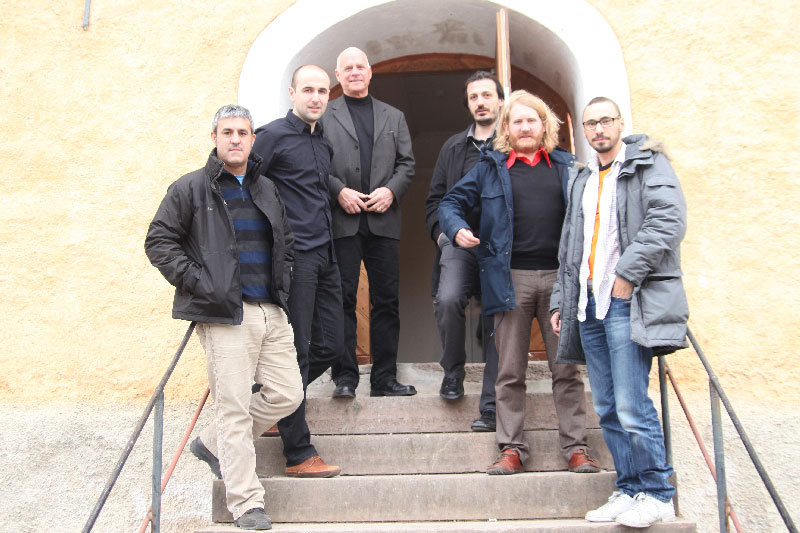
PLDA created the Alingsås workshop programme and again set an example. I also strongly believe that it makes sense to have at least two international associations active in the market. This helps. The latest experience like e.g. FIFA for football shows that a competitive structure is very very healthy. PLDA just worked very efficiently. With a tenth of the budget of the other international association, we achieved more. All of this is now missing again.
How did you felt personally during its worth time till the end? Your business build on?
Joachim Ritter: PLDA and VIA-Verlag from the beginning to the end were two separate and independent entities. If this would not be the case VIA would not exist any more. It was a working fruitful partnership. But it is true that PLD and VIA supported PLDA by funding and with strategic advice. At some point I stepped back from PLDA. But this was a mistake. The lighting designers proved that they need professional guidance in strategic and business aspects. VIA still supports the profession and especially young designers, researchers and talents. And VIA is more successful since being independent. The last two PLDCs in 2013 and 2015 we grew by 20 percent in all aspects. With PLDA as a main partner we grew less than 10 per cent.
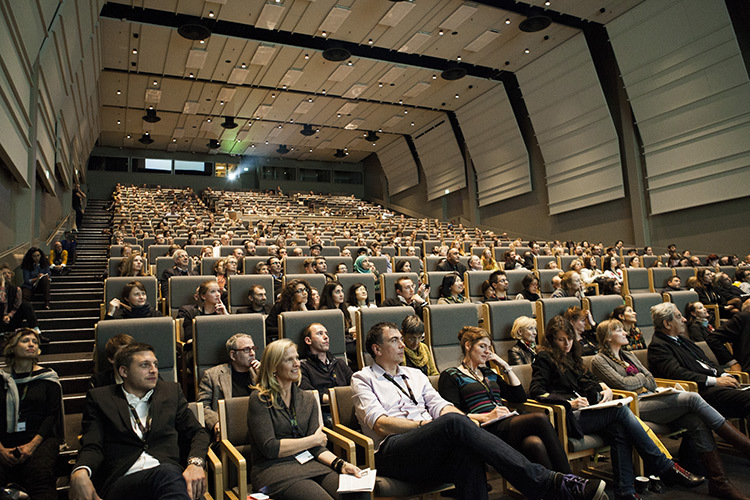
What do you think about Certified Lighting Designer (CLD) certification?
Joachim Ritter: CLD is not the solution and basically nothing else than a marketing tool for those offering certifications. These refers to manufacturers as well as associations. It is not really promoting or helping the profession, but only those offering certifications. This is not as independent as it needs to be. This does not establish the profession in its own right. It also ignores the existence of Master and Bachelor programs. It focuses on “seasoned professionals” and is voluntary. Basically the CLD program is worthless when it comes to the question to establish the profession. The existing scheme has no CPD concept. What does it mean to have 1000 certified lighting designers compared to 100,000 others who can still call themselves a lighting designer and offer services in the market? The future will confirm my viewpoint I am sure.
In 2015, lighting designers realized many initiatives for the International Year of Light? How to be critical?
Joachim Ritter: That is easy: What is left from this year and all the initiatives when it comes to developments of the profession? Most of the event was about celebrating the moment and celebrating themselves. Everybody can answer that to him/herself what so called sustainable effect it had.
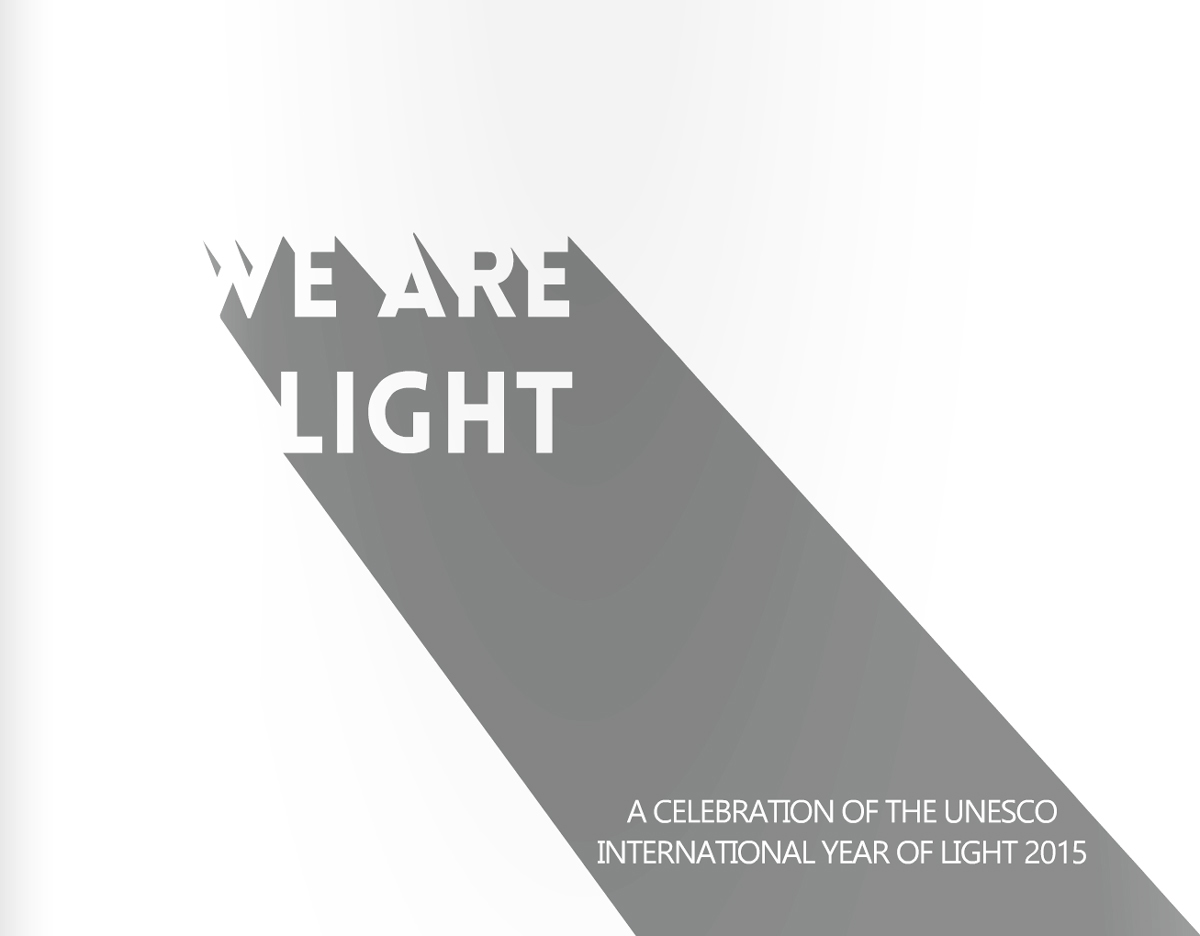
What is the main topic of PLDC 2017 in Paris?
Joachim Ritter: The motto and main theme is “shift happens” and reflects the change in the market on technology and structures, design, architecture. There will be a strong element of exterior lighting. That is why we chose France and Paris. When it comes to exterior lighting, France is a world leader.
What is the retro-schedule for PLDC 2017?
Joachim Ritter: We will have some warm ups and a call for papers. This is a short answer, but with huge work.
When is the call for papers?
Joachim Ritter: The Call for Papers will be announced in September and go until November 2016.
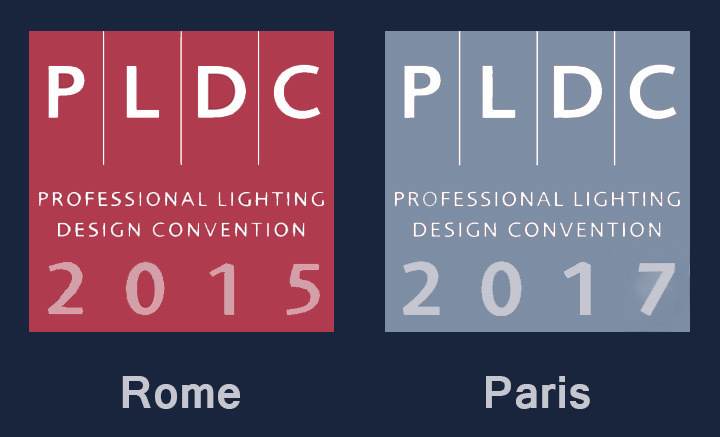
Which location’s and the dates?
Joachim Ritter: The event is planned to take place in a large professional convention location in Paris, in the Palais des Congrès.
How are you working with French lighting designers for this congress?
Joachim Ritter: ACE will be a main partner and we are also talking to officials and strong partnerships are in preparation. Roger Narboni has accepted to be a member of the Steering Committee. More partnerships will be announced when these are fixed.
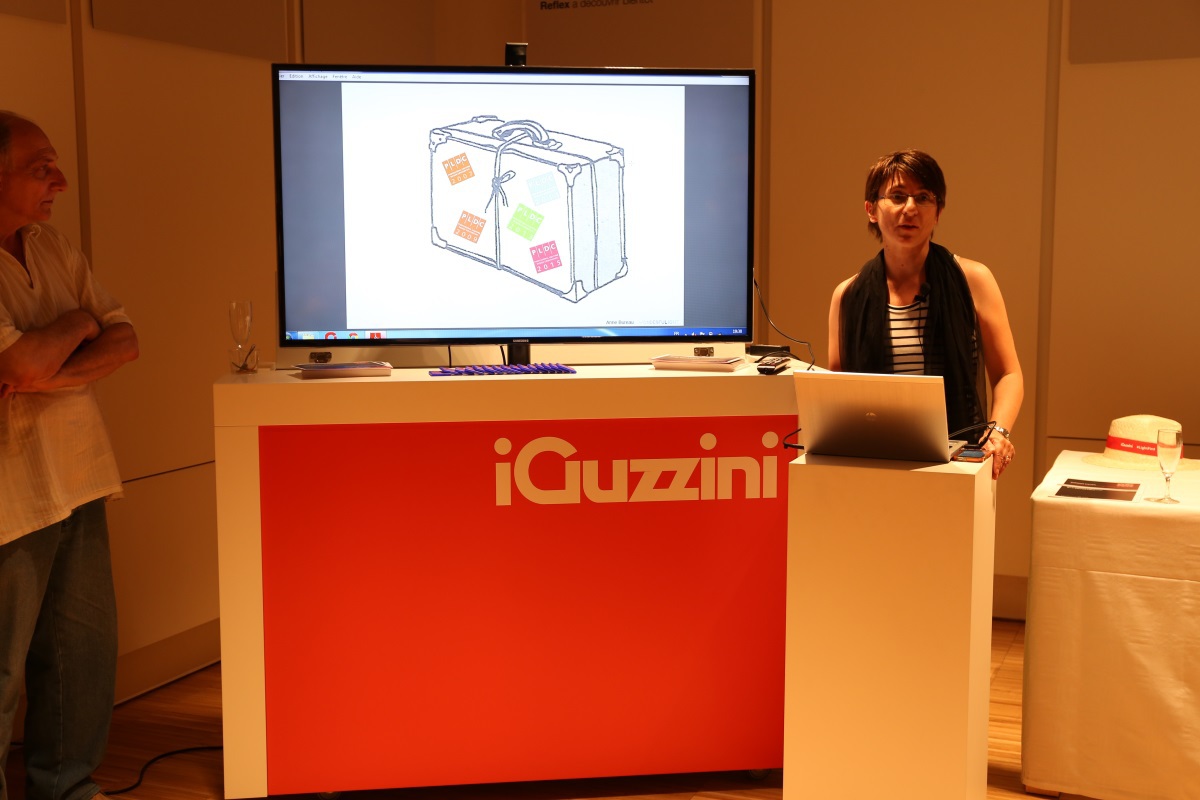
What do you thing about my idea to organize PLDC+ event versus PLDC warm-up?
Joachim Ritter: There are interesting activities planned on top of PLDC. These are not only in discussion, but in a phase of checking and structuring. I believe that we will have some interesting news soon.
Most of the French lighting designers do not speak the Shakespeare tongue. How do you plan to interest them to PLDC 2017?
Joachim Ritter: Lighting experts for sure speak the language of light, which is universal. We had the same issue / question in Spain and Italy. I am sure that French are as professional and open to find ways.
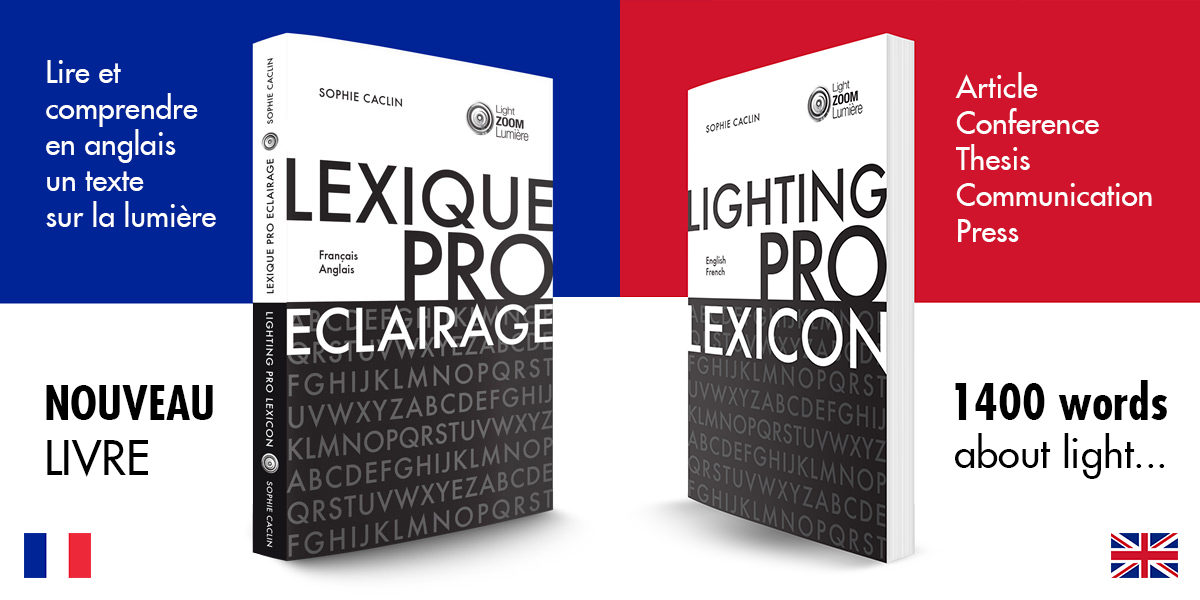
Why not French summary of in PLD articles?
Joachim Ritter: I think that France has high quality magazines and that the French market is not depending on the PLD magazine. All magazines have the same resources of information.
What do you see lighting design in 10 years?
Joachim Ritter: I would be a rich man if I could answer this in detail now. It for sure depends on the question how serious the community is to establish the profession. Otherwise it would look very much like it looks now with a stronger element of interactivity. But I also believe that I will still have a candle on my table in the restaurant when having a nice dinner. Lightzing design is linked to the quality of natural lighting. This will not change in ten years, so lighting design will not really change that fast. But maybe technology and market structures change…


